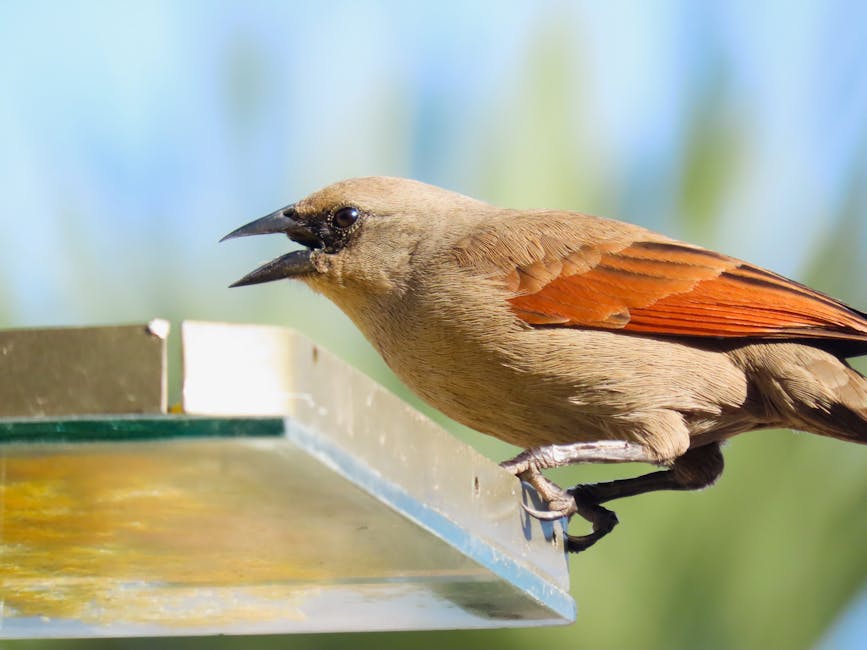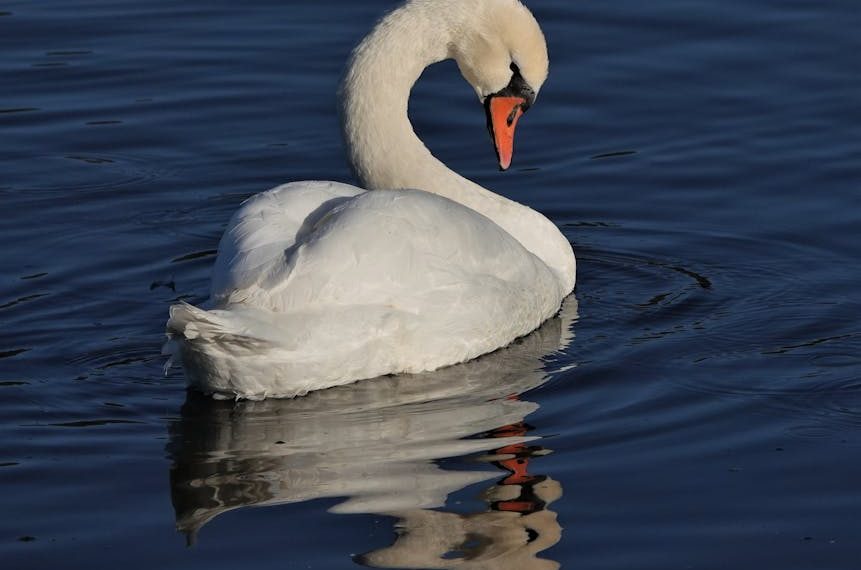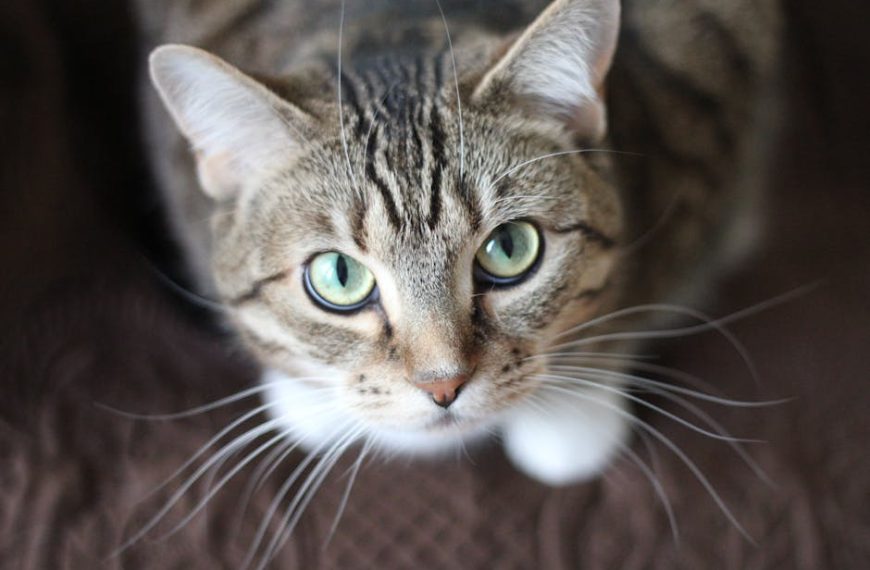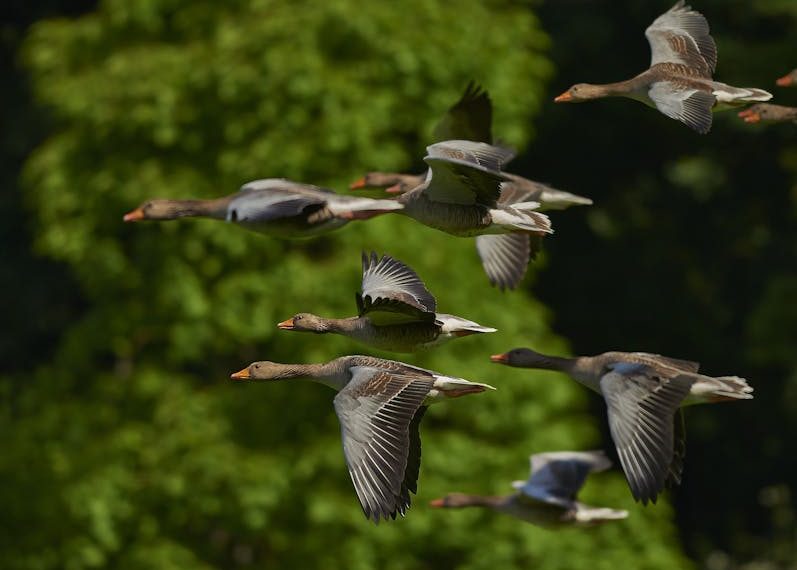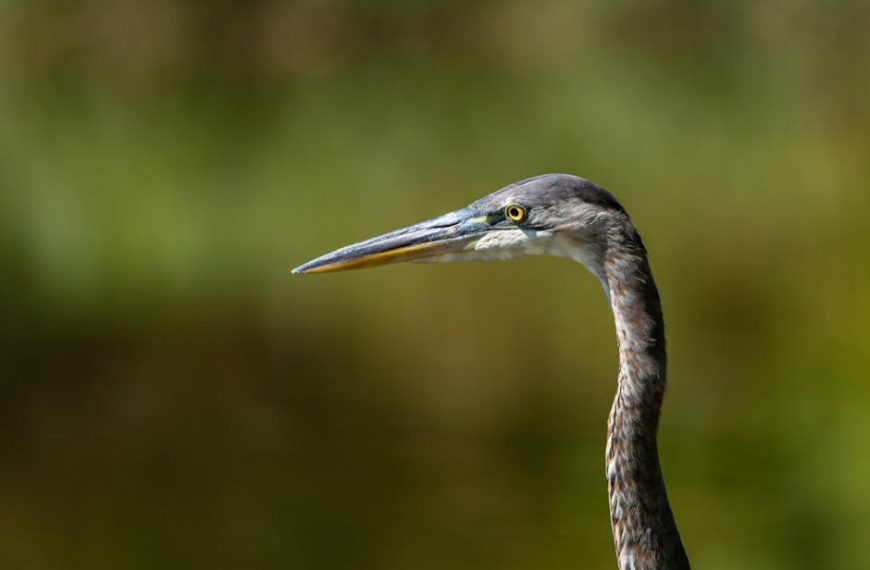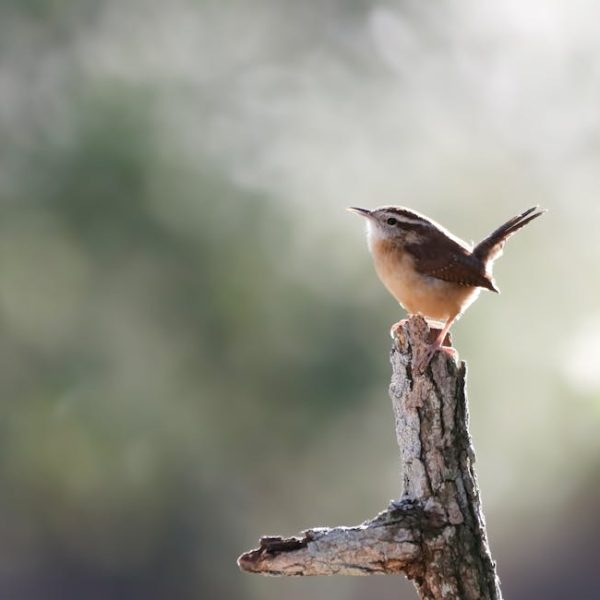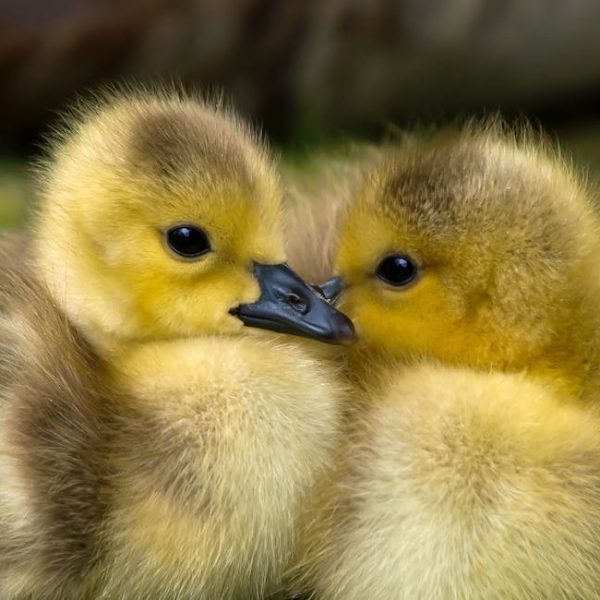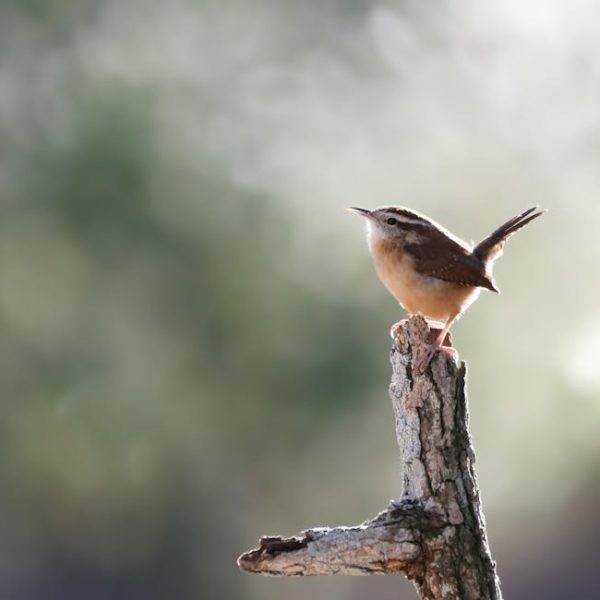Dealing with avian interlopers who are ‘beaking’ at your feline’s meal can be quite a challenge. One moment, your cat is relishing in its daily nutritional delights, the next, you have a backyard full of birds dipping into some ‘Purina Bird Chow.’ Let’s delve into sustainable strategies to keep birds away from your cat’s food, ensuring that your furry friend enjoys its meals in peace.
Understanding the Bird Problem
Birds are naturally inquisitive creatures with an expansive palette, and cat food inadvertently serves as a hearty and accessible feast. With its rich concentrations of proteins and fats, cat food is highly attractive to birds, particularly when natural food sources are scarce. Here are some core reasons why your cat’s chow might be turning into a bird buffet:
- Cat food is easily reachable and abundant compared to their natural food resources
- Some bird species relish the taste and texture of cat food
- Birds learn quickly, and once a food source is found, they tend to return to it
Pro tip: Pay close attention to the bird behaviors around your cat’s food bowl; understanding these patterns can help develop targeted deterrent strategies.
Choosing the Right Cat Food Storage
An overlooked yet crucial aspect of bird deterring strategy is the food storage. Given that birds have a keen sense of smell and are attracted to accessible food sources, investing in secure, aroma-tight cat food storage solutions can make a significant difference. Here’s what to look for:
- Choose a container with a locking lid to ensure it’s air-tight and ornithologically inaccessible
- Opt for storage containers made from thick, durable materials that prevent birds from pecking their way in
- Consider containers with pour spouts or integrated measuring cups for easy and controlled serving sizes
Storage Comparison:
| Storage Type | Pros | Cons |
|---|---|---|
| Plastic containers with locking lids | Airtight, sturdy, inexpensive | Possible plastic odor, could be pecked open by larger birds |
| Metal tins with tight-fitting lids | Rustic look, airtight, robust against pecking | Often costlier, potentially heavy to move |
Improving the Feeding Routine
Another pragmatic approach to deterring birds is tweaking your pet’s feeding routine. Instead of leaving food outdoors all day, shifting to a scheduled feeding routine could help. Indoor feedings, monitored outdoor feeding times, or avoiding over-filling the dish can curb food access for the avian intruders.
Your furry friend’s feeding strategy checklist:
- Feed your cat at specific times to instill a routine
- Don’t leave food out longer than necessary
- Consider feeding cats indoors
Pro tip: Gradually transition to the new feeding schedule. Abrupt changes might frustrate your cat, whereas a slow shift will be more successful and less stressful.
Using Bird Deterring Tools & Products
The market offers a variety of bird deterring tools to keep our feathered antagonists at bay while ensuring you do no harm to them. From bird spike strips and decorative owl figures to electronic repellers, the options are vast. However, remember, your cat’s safety should remain paramount while using these tools.
Some top bird deterring tools:
- Bird repellent spikes to prevent birds from landing
- Non-toxic bird spray deterrents are safe for both your pets and the birds
- Decorative bird deterrents like owl figures or wind chimes can also ward off birds
Best practices for using bird deterrence:
- Always ensure your cat’s safety is not compromised – avoid tools with sharp edges or toxic materials.
- Place deterrents in spots where birds typically perch or where you keep your cat’s food.
- Regularly clean and maintain the deterrence tools for optimal effectiveness.
Maintaining a Clean Feeding Environment
A clean feeding space is one of the simplest deterrents. Birds are attracted to leftover food and the smells that accompany it. Regularly cleaning the feeding area and disposing of any remaining food can discourage birds from frequenting your cat’s dining space.
Here are some steps to maintain a clean feeding area:
- Regularly clean up any spilled food that’s outside the feeding dish
- Dispose of any leftover food promptly so it doesn’t become a free bird buffet
- Wash the feeding dishes frequently with hot soapy water to eliminate lingering smells
Pro tip: Incorporating these clean habits into your daily routine will make maintaining cleanliness easier and more effective.
Keeping birds out of your cat’s food requires a delicate balance of strategies—understanding the bird issue at hand, storing your cat’s food properly, refining the feeding routine, using deterring tools, and maintaining a clean feeding environment. All these efforts ensure your cat gets to enjoy its meal in peace, and the birds stay safe and well-fed in their own natural environment.
Key Takeaway:
- Birds are attracted to cat food for its taste and accessibility, and due to the scarcity of their natural food resources. Understanding their behavior can be instrumental in creating effective deterrents.
- Secure, aroma-tight cat food storage solutions can prevent birds from being lured to the food.
- Optimizing the cat feeding routine, such as indoor feeding or scheduled timings, can reduce the availability of food for birds.
- Bird deterring tools and products from the market, used safely, can assist in keeping birds away.
- Regular cleaning of the feeding area and prompt disposal of leftover food is key to maintaining a bird-free feeding environment.
Remember, each cat and each bird species is unique, and a one-size-fits-all solution might not exist. Be observant, patient, and flexible in your approach. Rest assured, with the right strategies and tools, your feline friend can enjoy their meals uninterrupted, and you can enjoy a more peaceful and clean feeding environment.
FAQs
Q: Can using a specific type of cat food help keep birds away?
A: It depends. Birds tend to be attracted to any food source that is easily available and rich in nutrients. However, choosing cat food without grain fillers might be less attractive to some bird species. It’s best to experiment and see what works in your specific situation.
Q: Are there any natural deterrents that can keep birds away from cat food?
A: Yes, various natural methods can keep birds away, such as using certain plants or spices that birds find unpleasant. However, ensure that these are safe for your cat as well.
Q: Which times are the best for feeding cats to avoid birds?
A: To avoid birds, consider feeding your cat either early in the morning before sunrise or late in the evening after sunset as birds are less active during these times.
Q: Is it harmful to the birds if they eat cat food?
A: While cat food won’t harm birds immediately, it isn’t a balanced diet for them. Birds require specific nutrients from a diverse range of food sources for optimum health.
Q: Can I train my cat to guard its food from birds?
A: While you can train cats to perform certain tasks, it may be challenging to train them to guard their food from birds. Besides, a distracted cat might lead to more food being available for the birds. It’s usually simpler and more effective to remove the attraction or access to the food.
Do you have more questions or need more help with your furry feline’s feeding routine? Feel free to reach out. Also, consider sharing this article with others facing similar issues. There’s a wealth of insightful articles awaiting you on our site, so stick around, browse, and learn more!
